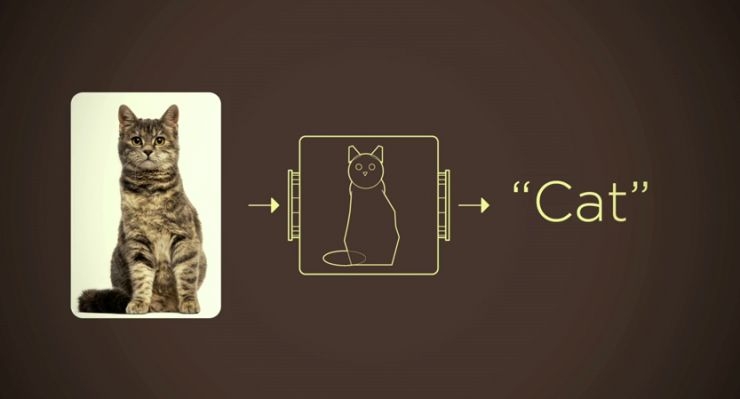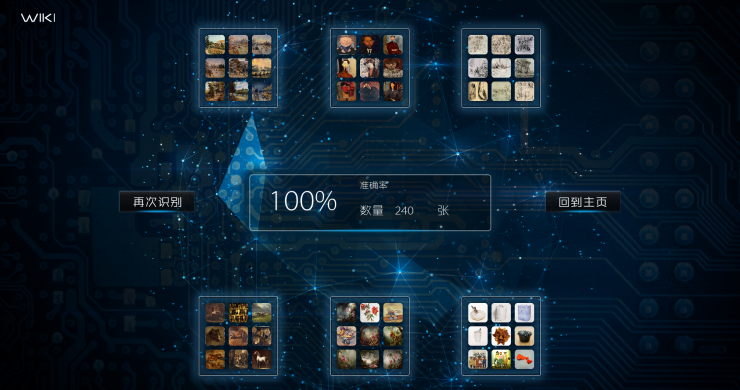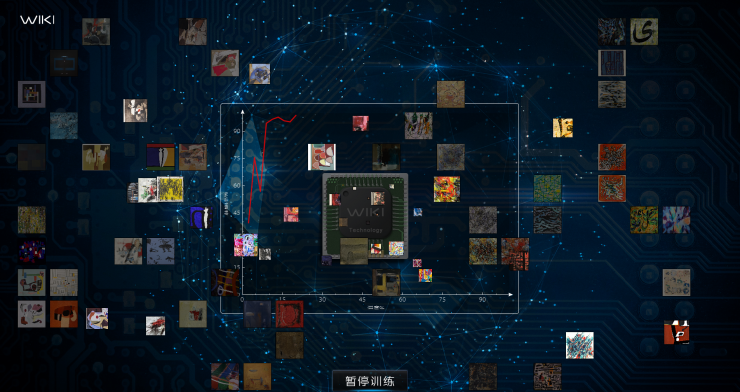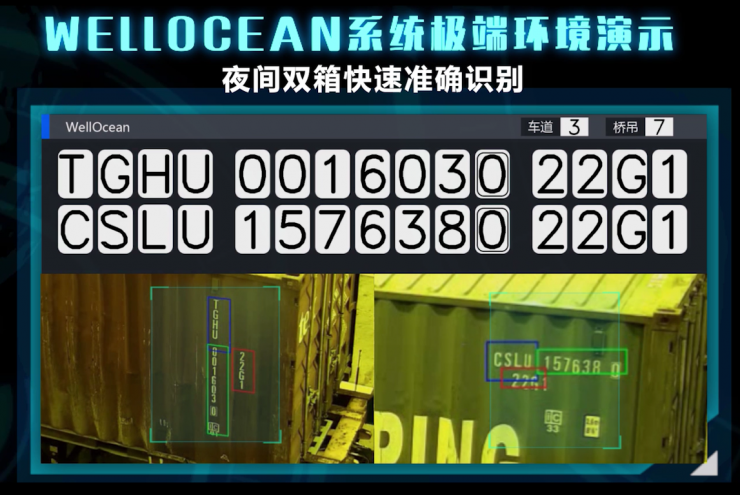
"There is a round face, a fat body, two pointed ears, and a long tail. It's a cat." - The computer recognizes the logic of the cat
Regarding computers reading photos, I believe many people have vivid memories of Li Feifei’s TED speech a year ago. A picture of a cat displayed in a speech is very easy to distinguish for human beings. Even three-year-old children only have photos. A definition can be made at a glance, but for computers, it takes many learnings to complete.
This is because, in the eyes of a three-year-old child, the world is no longer a simple collection of objects, but a specific individual who has already formed its own understanding of the world. And computers, no. If you want a computer to quickly understand the picture, the best way is to make it simulate the way the brain learns. ImageNet, created by Li Feifei, is a learning nutrient for the computer. Using the Internet, ImageNet provides a large image database that allows computer systems to recognize 22,000 items in 15 million photographs. Machine learning has thus made rapid progress.
From a global perspective, machine learning currently uses “online learning†(online learning), that is, sequential and sequential learning to constantly correct models and optimize them. Many companies have tasted the sweetness of “online learning†and have made breakthroughs in artificial intelligence in areas such as vision, sound, and big data.
At the same time, the researchers have not stopped researching "on -chip learning" because as long as this technology is implemented, learning and testing can be completed directly on the hardware, and then the development of basic algorithms can be iterated. Upgrades have shorter cycles and higher efficiency, and consume less energy. However, "on-chip learning" has made slow progress in the harsh hardware environment. There is no demonstration that has been applied to practical problems and has remained at the stage of theoretical research. At this stage, deploying machine algorithms in hardware is still more “online learningâ€, ie training with a large-scale high-performance computing platform, and then deploying the trained model directly to the hardware. Google’s AlphaGo is a typical example of “learning online.†In this year’s game against Li Shishi, AlphaGo’s servers were connected to Seoul’s game room in Seoul, South Korea via the Google Cloud Service. Google’s headquarters team must ensure that AlphaGo’s servers are connected to Google’s servers. smoothly.
Recently, Xijing Technology , a Chinese brain-strength artificial intelligence startup company , officially announced at the 2016 PSPE Shanghai International Science Products Expo that the team had achieved "on-chip learning" for the first time worldwide. This means that machine learning can be done directly on the hardware side, with continuous “self-learning†and “self-improvement†at the hardware level to achieve high efficiency and low power consumption. In May of this year, the team announced the development of a chip structure that completely escapes from the von Neumann structure's neuromorphic structure, which is a chip that simulates the working principle of human brain neurons. It has both human brain learning. Ability, but also has a strong specific computing ability, only need a piece of stamp-sized chip, you can imitate the human brain in a short time processing a large amount of sensory information.
At the conference, Xijing Science and Technology officially demonstrated its WIKI system "on-chip learning" process, which included the identification of randomly generated numbers and the classification of painting styles on oil paintings. The results show that the machine can automatically perform the classification of hundreds of pictures in as little as 1 second, and the accuracy is close to 100%.

Oil painting style classification completed

Oil painting school classification completed
In order to make it easier for participants to understand "on-chip learning," Xijing Technology uses analogy for students' learning methods. "For example, on-chip learning means that students are always followed by a 'private education' directly. Learning and training results on the chip, the biggest advantage is to truly realize the 'self-learning, self-real-time improvement' in the case of 'no network'. And 'online learning' is like the students go to 'school' regularly and go home to do it. Work to test the learning effect, then inject the optimized model into the hardware. Every new learning needs to be retransmitted and migrated through the network and cloud.â€

On-chip learning and training (red line represents CHIP)
Nishii Technology said that during the period, the chip can interrupt learning at any time to test the learning effect. As a result, it has been found that with the progress of chip learning, the accuracy of oil painting recognition and classification will gradually increase until after a complete learning period of 8 to 10 seconds, the recognition accuracy is close to 100%.
At the same time, because “on-chip learning†can achieve localized learning, it can help the machine greatly improve efficiency and speed up operations. When the network environment is relatively harsh or limited, "chip learning" chips consume less bandwidth and traffic, significantly reducing the communication costs of cloud servers, and are less time consuming. After all, "online learning" requires a higher quality network environment, causing delays in data transmission.
Xie Science and Technology's "On-Chip Learning" will achieve breakthrough applications in various fields, such as improving the quality and efficiency of big data mining, video stream processing, saving time for gene sequencing, and helping robots to be smarter. "Intellectual intelligence" to constantly learn to improve abilities.
At the press conference, Xijing Technology also announced that it has developed a brain-based intelligent software and hardware integrated intelligent port system based on neuromorphology engineering, WellOcean, and has already launched trial operations at one of the world's top ten port terminals. By simulating the “high-efficiency and low-energy†working mechanism of the human brain, the system can quickly identify container numbers like the human brain. Different from traditional OCR recognition, the most obvious advantages of WellOcean are speed and accuracy. It can automatically capture containers of any size entering and leaving the port. The recognition speed is less than 0.1 second and is 50 times faster than OCR technology. Â

WellOcean double box fast and accurate identification at night
After the conference was over, many participants and Lei Fengwang (searching for "Lei Feng Net" public concern) were very concerned about a problem. The data displayed this time was incomparable compared to ImageNet's tens of millions of photo libraries. So what is the so-called 100% accuracy gold content. In response, Xijing Science and Technology staff stated that the data is not a problem and will continue to accumulate in practical applications in the future, and its chips will continue to learn after achieving "on-chip learning," and the accuracy will naturally continue to increase. Therefore, perhaps the future computer can not only easily identify a cat but also identify what kind of cat it is.

Xijing Technology Shows Its Deep South Brain Neuron Chip
Military power supply is accordance with the relevant standard military standards.
Jinan Xinyuhua Energy Technology Co.,Ltd , https://www.xyhenergy.com